As I was watching Ultraman Taro, a tokusatsu series, the other day, there were a couple of episodes where some children were being bullied by their seniors and something that stood out to me was their clothing. Large heavy jackets that were black in colour with a tinge of blue, a peaked cap and quite a few metal accessories. I explained to those present that this outfit indicated that they were juvenile delinquents and that I’d seen them in a variety of Japanese media. Realising that I’d never talked about it before, I thought it might be interesting to take a look at the interesting trope of Banchō and Sukeban.
Let’s begin by looking at what the words “Banchō” and “Sukeban” mean. Banchō, written as 番長 in Japanese, originally referred to a governmental position that involved controlling troops near towns and was repurposed to describe the gangs and leaders of juvenile delinquent males around the mid-20th century. As these gangs refused to admit female members, sukeban, written as スケバン in Japanese, were established which were female juvenile delinquent gangs.
These gangs would commit numerous crimes such as violence, vandalism, theft etc., but, due to them being considered minors, as long as no serious crimes occurred, the law would tend to be lenient. Within these gangs, they held their own rules and conduct which, when broken, resulted in punishment. One such punishment that stands out to me was the tendency for sukeban to use cigarette burns when a member committed a minor infraction. Additionally, these gangs often carried weapons with one of the more unnerving to me being that some sukeban would hide razor blades in their skirts.
As regards their history, banchō gradually began to disappear by the 1970s while the sukeban lasted a while longer with a good example of this being police pamphlets produced in the 1980s that describes much of the fashion style of sukeban as being “omens of downfall“. This fashion included long skirts, wearing sneakers, dyeing their hair, wearing little to no makeup etc.

By the 1970s, banchō and sukeban began to become a significant part of Japanese popular culture. Manga such as “Otoko Ippiki Gaki Daishou” and “Oira Sukeban” were released while live-action films such as “Terrifying Girls’ High School” and “Stray Cat Rock” saw great success and were turned into multi-film series. Even in modern Japanese popular culture, it’s not uncommon to see banchō and sukeban characters such as in “Kangō Banchō” and “Beelzebub”.
I was surprised to realise how prevalent banchō and sukeban are in Japanese popular culture and definitely think it’s something that fans of Japan should be aware of. Let me know your thoughts on the interesting trope of banchō and sukeban, what some of the most memorable examples you’ve seen have been, anything you know about the real life banchō and sukeban and any additional information you might have on the topic.
Hopefully you have found this article interesting and informative and, if you wish to seek any of the works I mentioned, don’t hesitate to use amazon.co.uk or amazon.com for all of your needs!
Source link

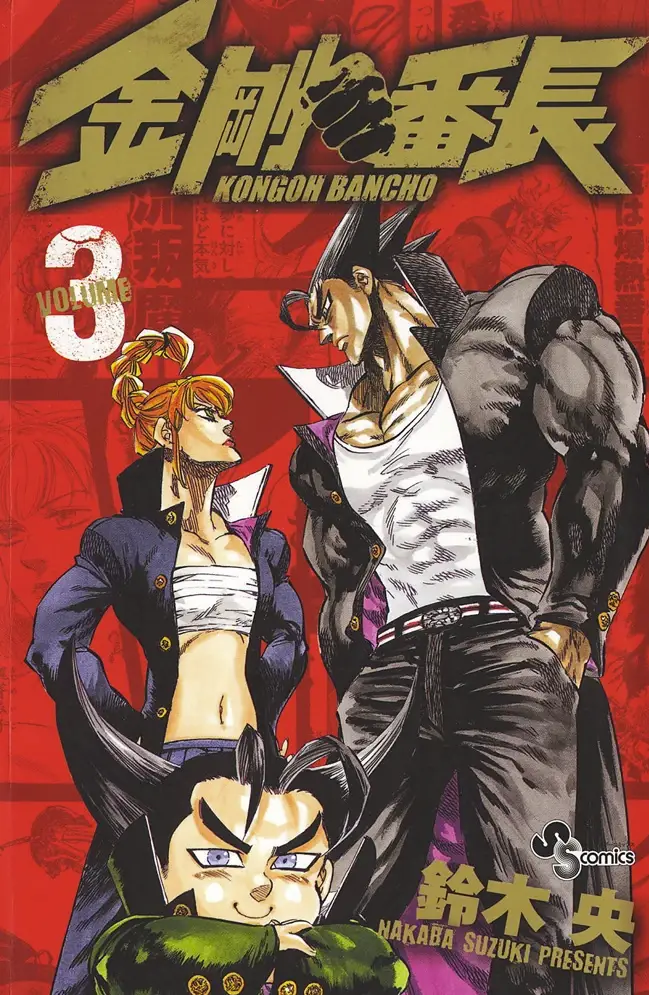
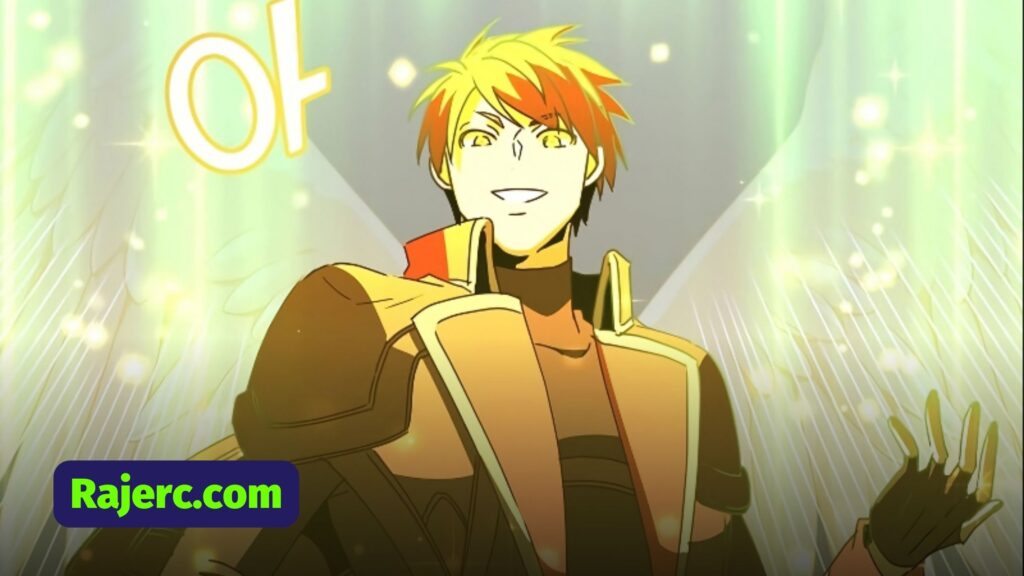

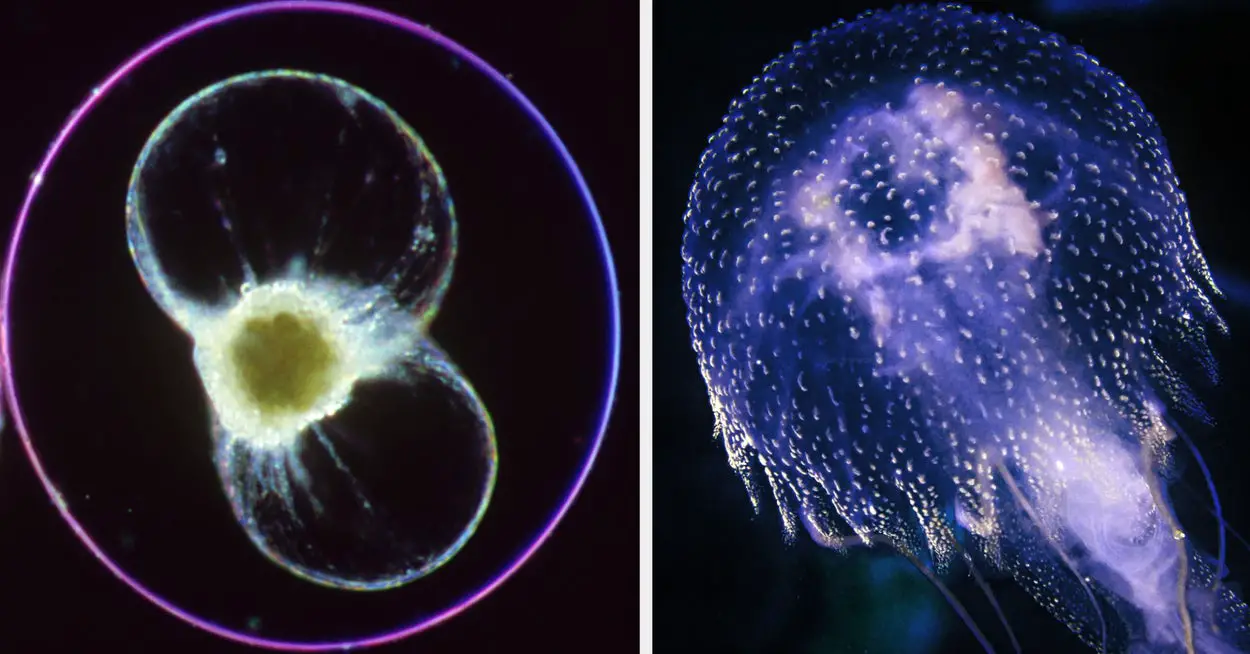

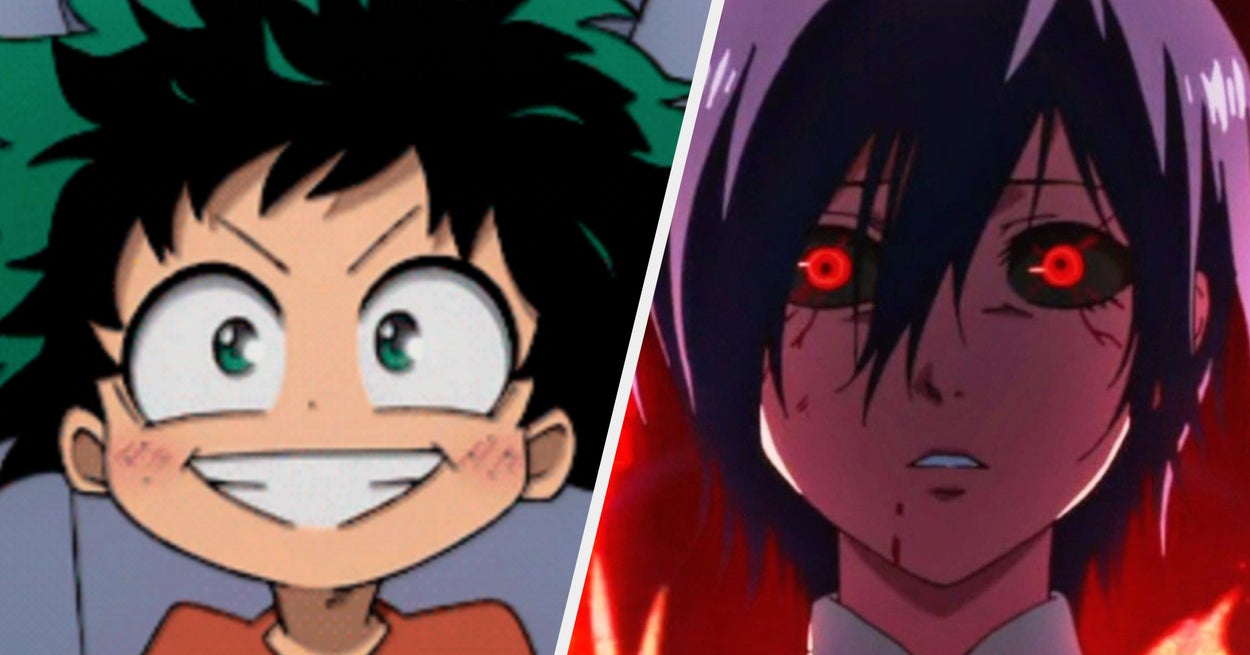
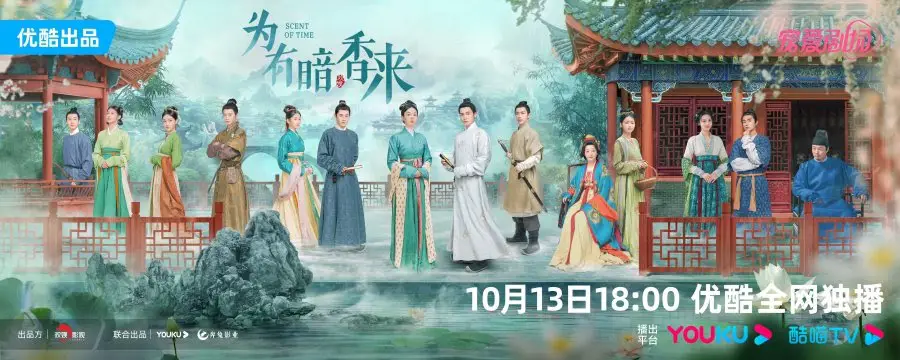
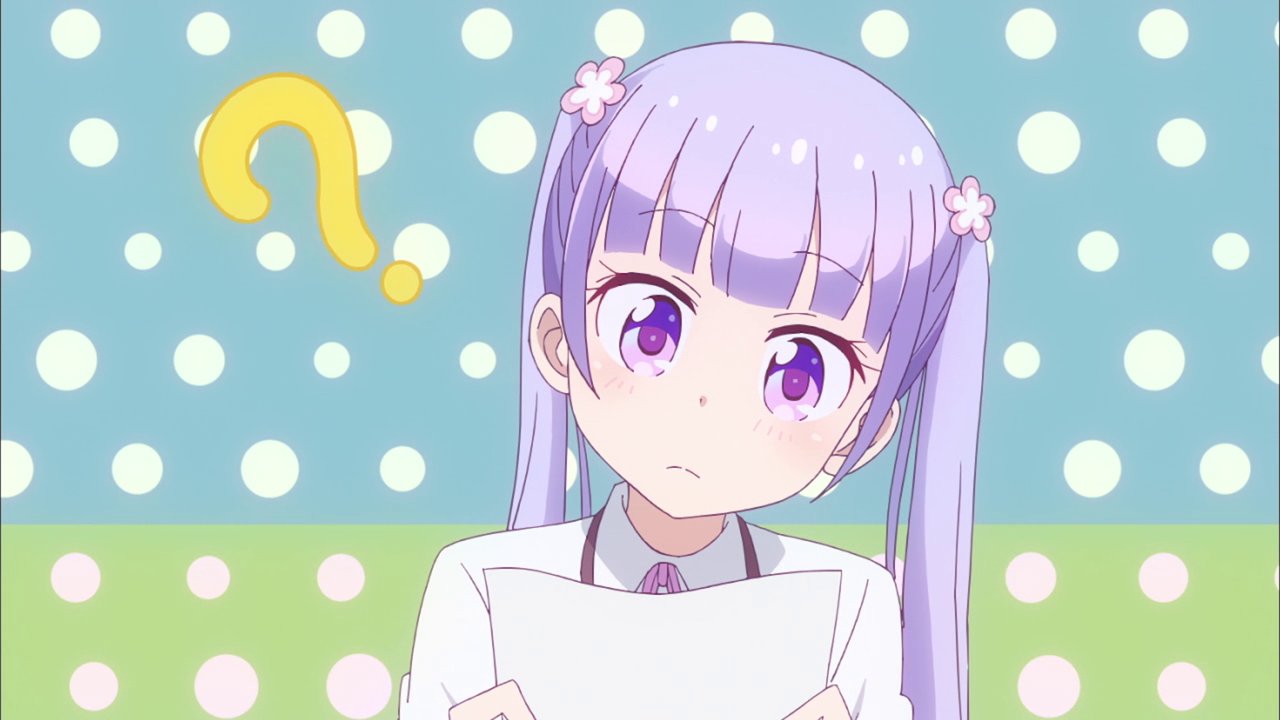
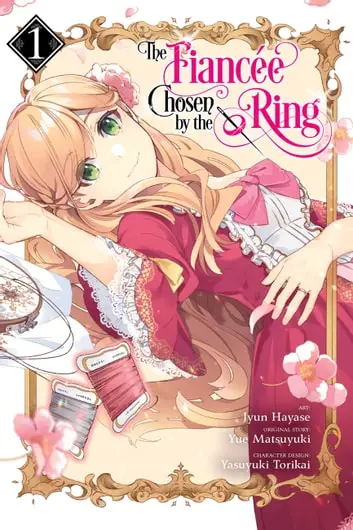
Leave a Reply